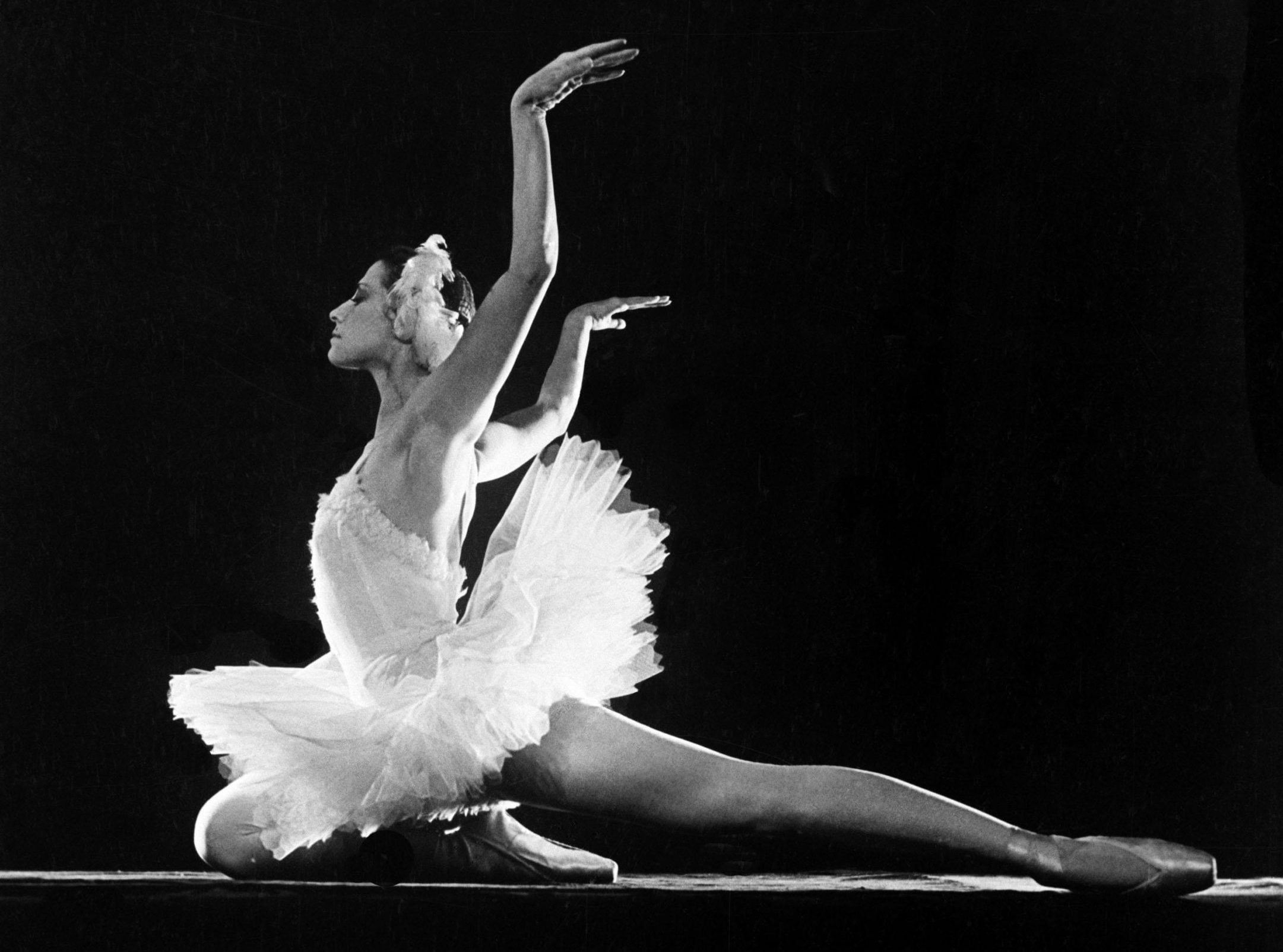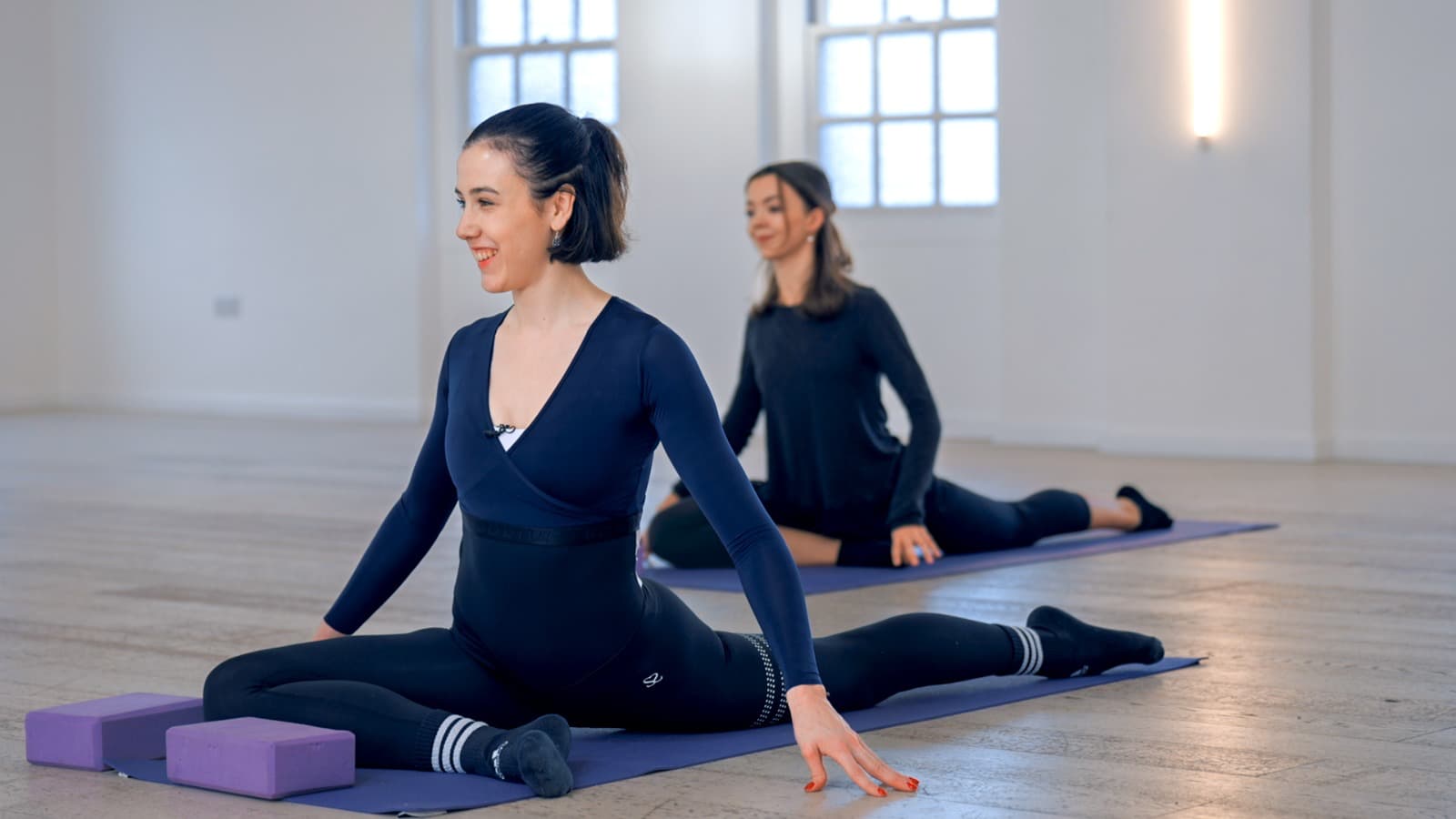Written by Suvi Honkanen
The other day, I came across old films of Maya Plisetskaya in her prime. I watched variations and pas de deux’s from Don Quixote, Swan Lake, Laurencia, everything that I could find. The grainy, choppy, black-and-white clips from the 50’s and 60’s kept me mesmerized for hours. Her fiery Kitri looks as though she’s uncontained by the flame inside her, her Odette so heart-broken I feel the need to hold and console her.
As I watched her, I couldn’t help but notice the huge difference in technique compared to ballet today. Unarguably, ballet technique has come along way since her time. At times the turnout wasn’t there, at times the toes weren’t pointed to the fullest, but -the joy! The freedom! Pure bliss.
So far from perfection, but so enjoyable to watch.
Ballet is known as a gruelling, demanding form of art that strives for the unachievable: perfection. Perfect body, perfect lines, perfect steps, perfect illusion. Through the years, ballet has morphed from a delicate form of art into a competitive, exclusive sport. The focus has shifted from artistry and joy to high legs and stick-thin bodies. It seems sometimes as if the most important thing is to look a certain way rather than to enjoy and grow as an individual.
Surely, there is a reason for this. Highly technical dancers are incredible to watch. Nothing can quite compare to a versatile dancer who jumps, turns, and glides with ease through the stage. I still couldn’t help but wonder… what is the obsession with perfection taking away from artistry?
Perfectionism in itself is not necessarily a band thing. Healthy perfectionism can help an individual strive for their goals and reach for high standards. It is when perfectionism is left unchecked that it becomes maladaptive. Maladaptive perfectionism sets unrealistic goals and rigid views on the future and on one’s sense of self. This usually leads to a number of issues such as lack of self-esteem, depression, anxiety, lack of creativity, and more.
Ballet training is very much focused on finding flaws. It is quite literally the reason our ballet studios are surrounded by mirrors; the dancer can see herself and check the mistakes. A dancer becomes easily obsessed with finding the things that are wrong and forgets to focus on what is good, unique, and beautiful.
Not being a perfectionist doesn’t mean one shouldn’t be demanding and disciplined in their training. The key difference is the attitude one has towards herself: is it caring, accepting, and supportive? Or is it hostile and filled with self-loath?
When I watch Maya Plisetskaya, I feel silly for placing all of my focus on technique as a student. Though clean positions make ballet enjoyable to watch, there is nothing like a vivacious, self-confident dancer who jumps with freedom and joy. Perfectionism is the enemy of artistry, which partly consists of what makes us human: mistakes, vulnerability, and individuality.




